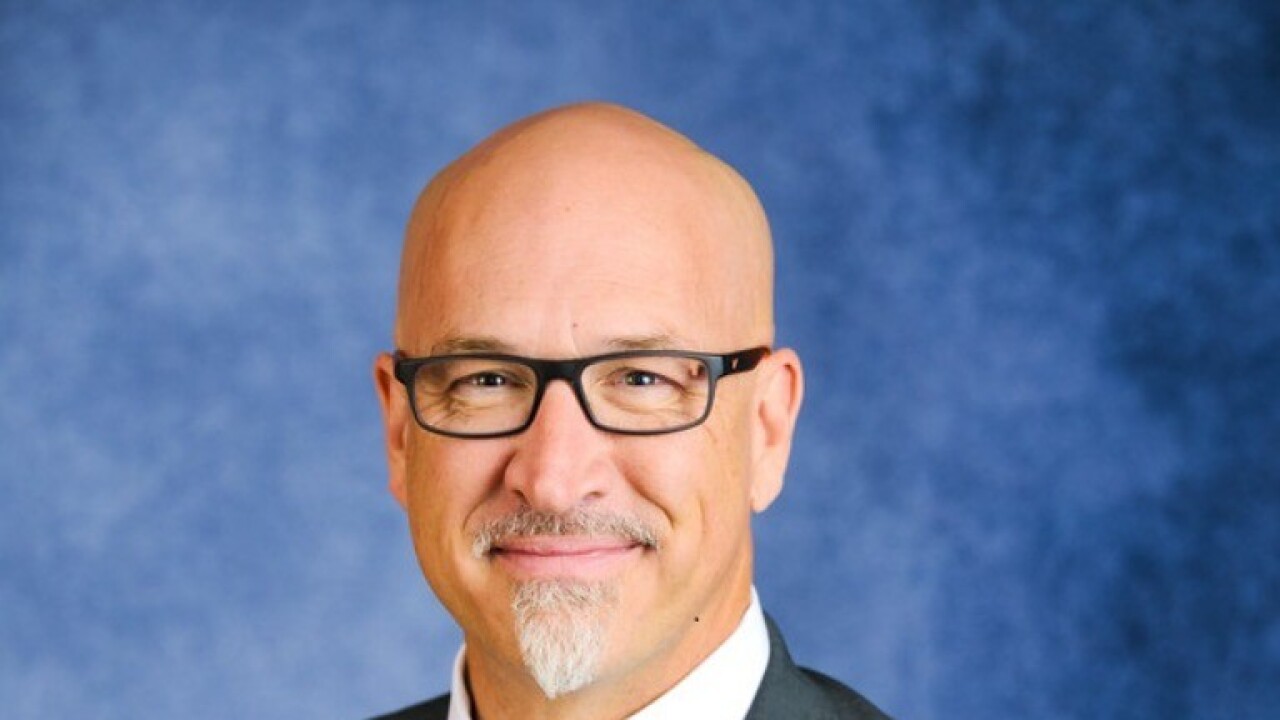Preventative cancer care
Blue collar workers in industries such as trucking and warehouse and supply can find it challenging to make time for cancer screenings and other types of care because of the amount of time they spend on the road or the timing of their shifts. But the need for diligence in overall
At Teamsters Health & Welfare Fund of Philadelphia and Vicinity, a partnership with Color Health is helping their 6,300 union members
"I really push prevention and make sure that we always were ahead of the game," says Maria Scheeler, administrator and executive director at Teamsters. "[Color] comes to us with their new ideas, we vet it, and we move on from there. They're a great organization to work with."
Read more:
Immediate impact
Color's genetic testing screens employees for hereditary cancer markers, common heart conditions, and how their bodies will react to certain medications, such as prescriptions for mental health conditions. One employee received an early-stage diagnosis for a cancer that may otherwise have been deadly. The cost savings of later-stage treatments for this one member covered the genetic testing program for the year, Scheeler says.
As utilization increased, Teamsters added more of Color's cancer-specific programs in 2023, including at-home screening kits for colorectal, prostate and cervical cancer — some of the more common cancers that have a high survival rate if detected early. According to data from Color, nearly half of overall cancer diagnoses could have been prevented or caught sooner with preventative measures like these.
Early detection also means less of an impact on quality of life during treatment, and dramatic cost savings. Color's research shows that when colorectal cancer is caught in stage 1, for example, employees miss an average of 46 days and spend $79,000 on their care, with a 5-year survival rate of 90%. However, catching it at stage 4 increases days missed to 106, the first-year financial burden to $272,000, while the survival rate plummets to 14.6%.
Read more:
Communication drives engagement
In addition to offering at-home screening kits, Color also has testing kiosks that can be installed in the workplace. Providing these resources and improving screening participation has been a main focus for Scheeler, and she emphasizes the positive results of live events, such as health fairs, that present an opportunity to put tests into the hands of employees. Those who see firsthand how easy the screening process is tend to take tests home to their families and share their experience with coworkers, and this has been a great avenue for enhancing engagement, she says.
"When I went to these health fairs, I would go up to [workers] and show them the cancer screening [tests], and I'll never forget, one guy started to do the prostate test right there in the middle of the health fair because he was so amazed," she says. "The next thing you know, this guy goes into the warehouse [where he works], and here comes a whole bunch of other guys. It was just a really good thing."
In the year since adding access to these at-home kits, Teamsters has seen a 12% increase in employees up to date for cervical cancer screening, an 11% increase in those up to date for colorectal cancer screening, and a 19% Increase in those up to date for prostate cancer screening.
Read more:
Expanding cancer support
In November 2024, Teamsters added Color's 24/7 cancer support for those who receive a diagnosis — an essential form of care for employees whose work hours do not coincide with normal doctors' office hours. Workers can contact a healthcare professional at any time to ask questions about symptoms, get expert advice, and often avoid an unnecessary trip to the hospital. Color's involvement in the treatment process yields a $20,000 average savings per avoided hospital stay. Teamsters has also partnered with local Pennsylvania hospitals, setting members up to establish relationships with vetted cancer professionals close to where they work or live.
Providing holistic cancer care is a priority, with prevention being top of mind, says Scheeler. There's "initial effort in implementation," but the payoff is profound.
"[Offering] these preventative services [leads to] substantial savings long term," she says. "A cancer patient could cost you hundreds of thousands of dollars. If we take away the excuses for people to have these preventative tests [because] now you can do it in the privacy of your home, it's a win-win because we're encouraging good health, we're [saving] money, and employers [don't have] employees out of the workplace."






